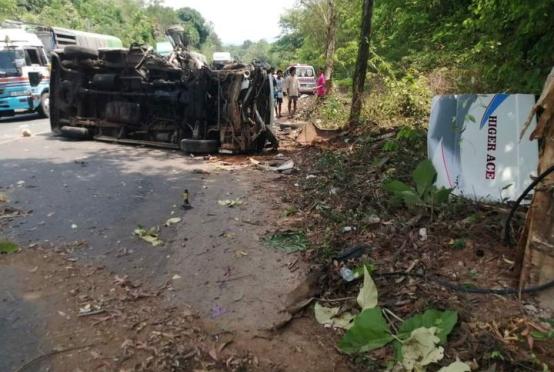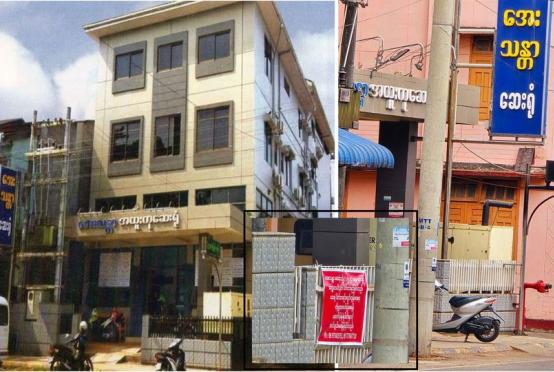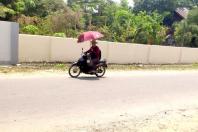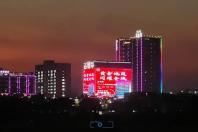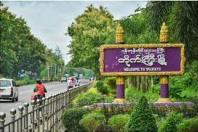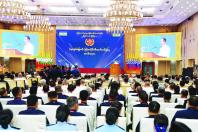The Straits Times/ANN - SINGAPORE - Hope is blooming in Singapore's southern waters, murky as they may be.
The Sisters' Islands Marine Park might be Singapore's first "Hope Spot" under an international initiative to draw public attention to marine areas which may need more protection.
It was started in 2009 by world-renowned oceanographer Sylvia Earle, whose goal is to galvanise global support for marine protected areas, so that they will cover 20 per cent of the world's oceans by 2020.
In 2009, when she started the Mission Blue initiative, less than 1 per cent of the oceans were protected.
Dr Karenne Tun, director for the coastal and marine division of the National Parks Board's (NParks) National Biodiversity Centre, told The Straits Times on Thursday (Aug 15) that NParks, together with the local marine community, are working on a proposal to nominate the marine park as a Hope Spot.
She said more details would be provided later.
If successful, the 40ha Sisters' Islands Marine Park, which was designated a marine protected area by the Government in 2014, might join the ranks of more than 100 other Hope Spots around the world.
These include Monterey Bay in California, the Maldive atolls in the Indian Ocean, and the Indo-Pacific's Coral Triangle, which Singapore sits just outside of.
The criteria to be classified as a Hope Spot are varied, but the places are all valued for their biological, cultural or historical significance.
They are often areas that need new protection, but may include existing marine protected areas where more action is needed.
Dr Earle is in town for the Singapore premiere of the Elysium Epic Trilogy, a free photo exhibition that documents the impacts of climate change at the poles and the Indo-Pacific's Coral Triangle.
It will be held from 6pm on Thursday to Sept 1 at Shaw Theatres Lido.
Hope Spots are a key focus of Mission Blue, an organisation Dr Earle founded in 2009 after winning with her pitch at the annual TED Prize event, now called The Audacious Project.
The event gives out awards to people with "creative, bold wishes to spark global change".
Dr Earle received US$100,000 (now S$139,000) to launch her initiative.
"Hope Spots are a network of hope, for people, for the community, for champions, to understand these areas, and decide on the actions they will take to protect these special places", she said on Thursday at a press conference for the exhibition.
The nomination for Singapore's first Hope Spot is part of a wave of change in the marine science and conservation scene in the Republic.
The Sisters' Islands Marine Park, for instance, was designated the nation's first marine park in 2014, and in 2016, marine research received a $25 million boost from the National Research Foundation.
There is also ground-up support. Naturalists, marine sportsmen and academics are part of the Friends of the Marine Park community that NParks consults in its management of the marine park.
"In spite of being one of the world's busiest ports, Singapore has a rich coastal and marine biodiversity," Dr Tun told The Straits Times.
For one, the Neptune's cup sponge, an animal previously thought extinct worldwide, was rediscovered here in the southern waters in 2011.
And in 2015, a sperm whale was found floating off Jurong Island. It had died after a likely collision with a ship.
In terms of numbers, Singapore's waters are home to over 250 hard coral species, or about a third of hard coral species found worldwide.
There are also 12 seagrass species and more than 50 species of sea anemones here.
If designated a Hope Spot, the Sisters' Islands could get more international attention, as Mission Blue aims to help raise public, academic and policy awareness on various Hope Spots around the world via traditional and social media.
Said Dr Tun: "Singapore's marine conservation efforts benefit greatly from the hard work and collaboration between the authorities, educational institutions and academics, and the larger community who are passionate about marine conservation."
This consultative process with the community has worked well for Singapore, and could be a good model that can be showcased to a wider audience.

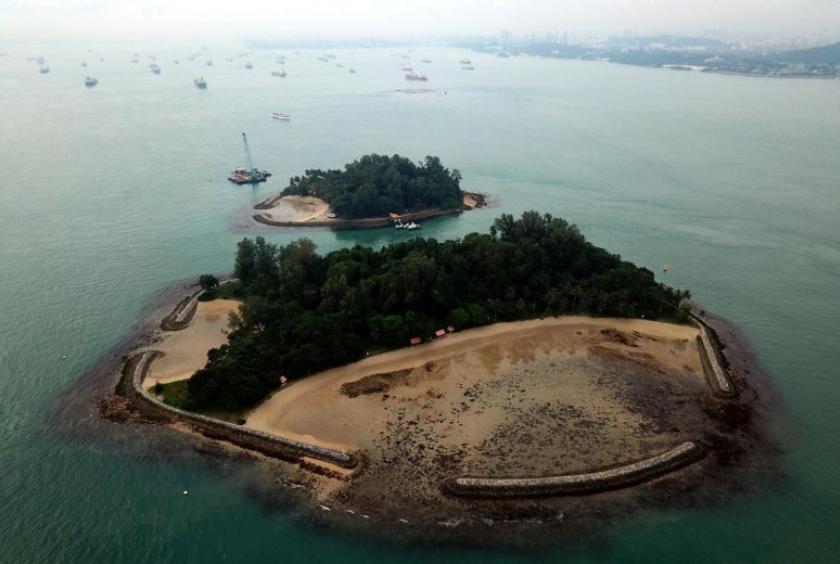
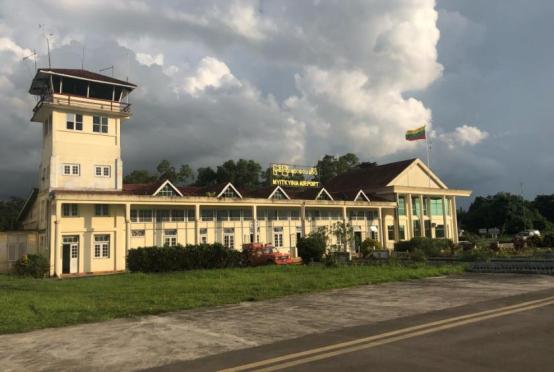
![[Photo credit: Shwe Yoathlwar charity group]](https://elevenmyanmar.com/sites/news-eleven.com/files/styles/frontpage_nodequeue_small_img/public/news-images/plaza.jpg?itok=cFW4kT-E)
